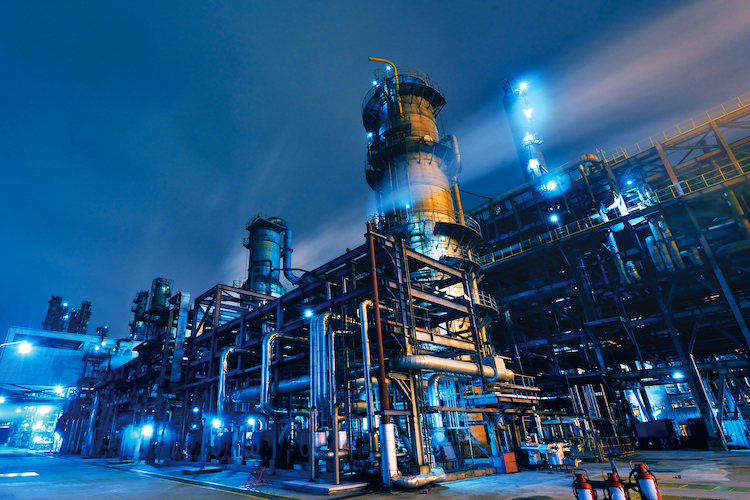
Key Challenges Facing The PVC Chemicals Industry In India
The PVC (Polyvinyl Chloride) chemicals industry in India is currently facing several significant challenges that could impact its growth and sustainability. Below, I will outline these challenges step by step.
1. Limited Machinery
Supply One of the foremost challenges is the limited supply of specialized machinery required for the production of PVC-O (Orientated Polyvinyl Chloride). The Indian market has seen contracts signed with key European suppliers like Molecor and Rollepaal, which have reached their full production capacity. This shortage of extrusion lines hinders the scalability and expansion of PVC-O production, making it difficult for manufacturers to meet the growing demand for these products.
2. Reluctance from State Governments to Adopt PVC-O Pipes
State governments in India have shown hesitance to adopt PVC-O pipes due to concerns over project values and material costs. This reluctance can stem from fears that lower-cost materials may reduce opportunities for bureaucratic rent-seeking, thereby slowing down the adoption rate of PVC-O pipes in state-level projects. Such hesitancy can limit market growth potential, especially in regions where government initiatives are crucial for infrastructure development1.
3. Environmental Concerns
The environmental impact of PVC poses a significant challenge as well. The production and disposal of PVC release toxic substances such as dioxins and phthalates, leading to air pollution and health risks. As public awareness around environmental issues increases, there is growing pressure on chemical companies to adopt more sustainable practices. This shift towards sustainability may require substantial investment in cleaner technologies and processes.
4. Regulatory Pressures
Increasing regulatory pressures surrounding sustainability are also affecting the industry. Companies must navigate complex regulations aimed at reducing carbon emissions and managing hazardous materials, which can increase operational costs and complicate compliance efforts. These regulations often vary by region, adding another layer of complexity for manufacturers operating across multiple states.
5. Economic Volatility
Economic factors such as inflation, rising interest rates, and fluctuating energy prices contribute to an unstable environment for the PVC chemicals industry. For instance, high energy costs have been particularly burdensome for chemical producers in Europe, which could set a precedent for similar trends in India if global conditions worsen. Additionally, economic slowdowns can lead to decreased demand for construction materials like PVC pipes.
6. Competition from Alternative Materials
The rise of alternative materials that offer similar or superior properties poses a competitive threat to the PVC chemicals industry. Materials such as polyethylene (PE) or other eco-friendly options are gaining traction due to their perceived environmental benefits. As consumers become more environmentally conscious, they may prefer these alternatives over traditional PVC products.
Conclusion In summary, the key challenges facing the PVC chemicals industry in India right now include limited machinery supply, reluctance from state governments to adopt new materials, environmental concerns related to toxicity and sustainability regulations, economic volatility affecting operational costs, and competition from alternative materials.
Request A Call Back
For more information regarding our products and services, fill up the form our concern person will get back to you.
